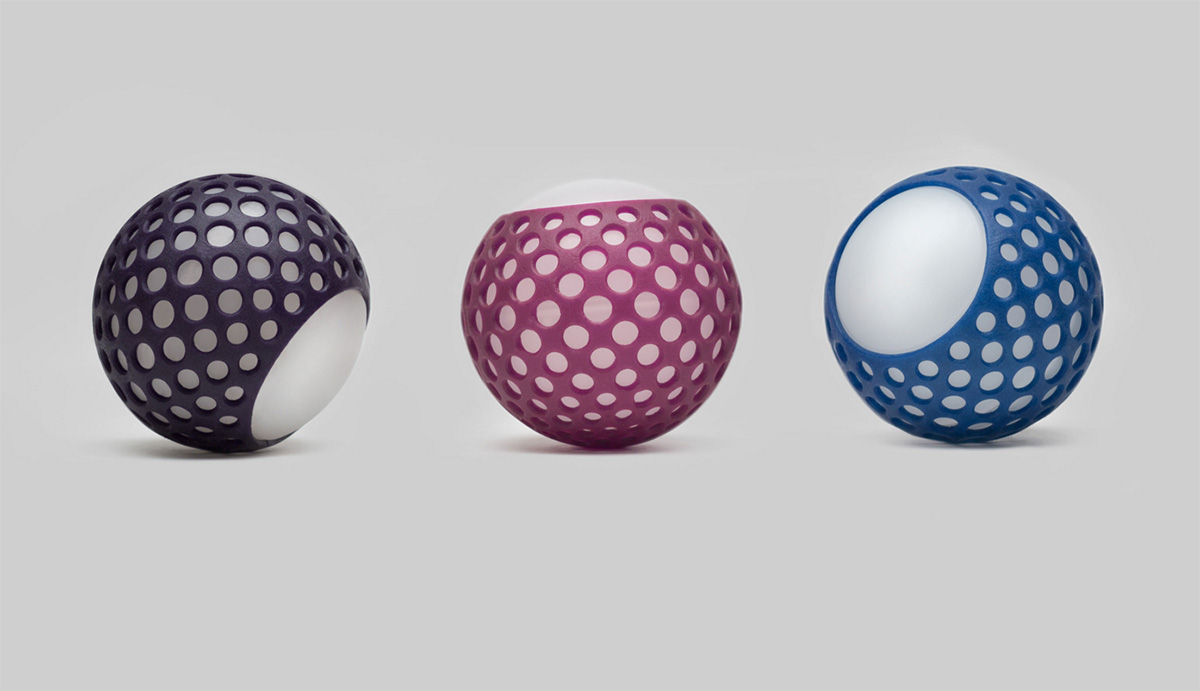Hackaball
Sonic interaction design
We designed the sonic interaction design and aural interface for a child’s connected device. We created unique and distinguishable audio brand assets that allow children to use technology away from screens.
In September 2014, we were approached by MAP and Made by Many to breathe life and a voice into Hackaball, a connected IoT device that helps teach kids to program whilst staying active. The lightup ball was successfully funded on Kickstarter and was an experiment between us, in creating an educational hardware product. Hackaball encourages kids to learn about technology and play together by using an iOS app to program the ball with simple games that affect its colours, vibrations and sounds it responds with.
Obelisk developed a unique and recognisable sonic identity for Hackaball, which worked hard to provide a sonic user interface specifically for children. Without a primary screenbased interface for the ball, we worked carefully with Made by Many and the team through roleplaying workshops, research and testing to create an audio language that could be understood by small children with a limited sonic vocabulary. Designing sound for children requires a sensitive approach to psychoacoustics and signifiers, which as adults we take for granted. This is an area of research we are progressing and developing for tech education products.
Hackaball and Obelisk’s approach to developing product sound has allowed us to create a sort of blueprint for other ‘small enclosure’ tactile technologies. We experimented with live sound design and workshops with the team outside our Brixton studio. We embraced collaboration and failure to get things prototyped quickly. Working with MAP and Kudu on the enclosure design and electronics, we iteratively developed and tested the sound experience to get optimum results.
Hackaball will be available in spring 2016 and has already won some wonderful awards for UX magazines Design For Experience in the Children’s Experience Design category, and ixD interaction design awards in the the Engaging category.
More links
http://awards.ixda.org/entry/2015/hackaball/
https://uxmag.com/articles/what-happens-when-kids-can-hack-physical-play
